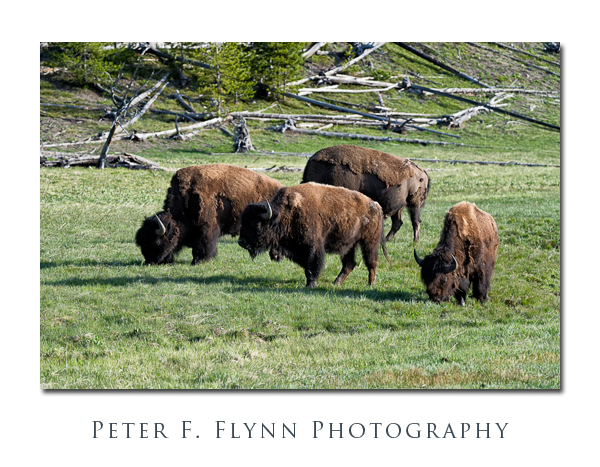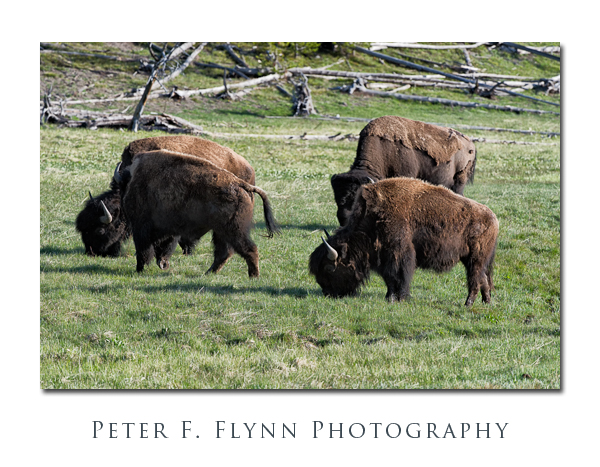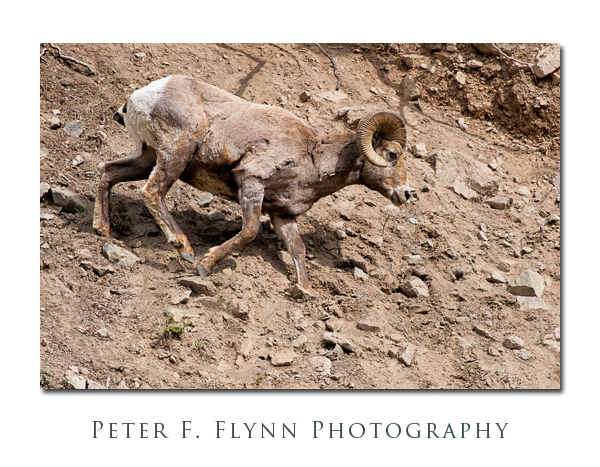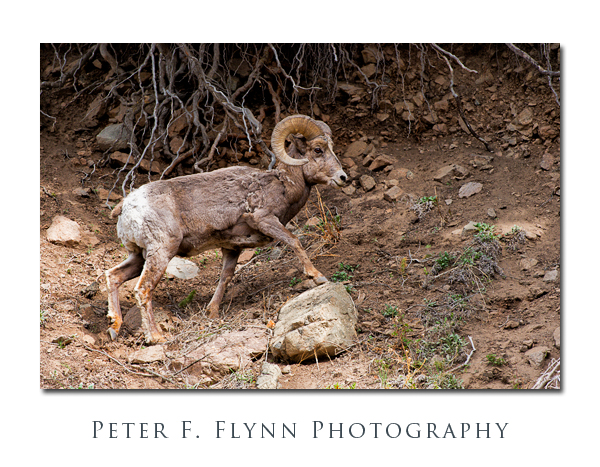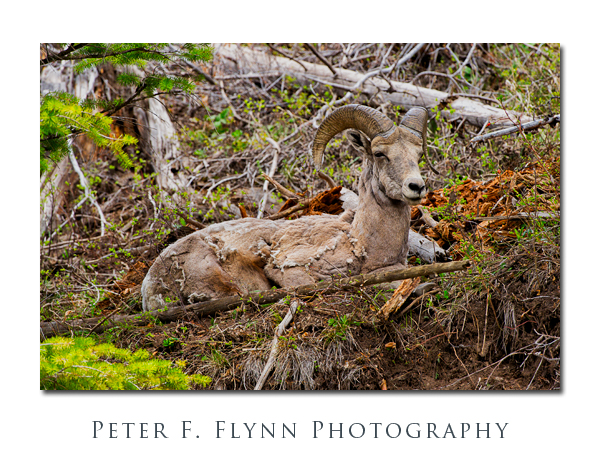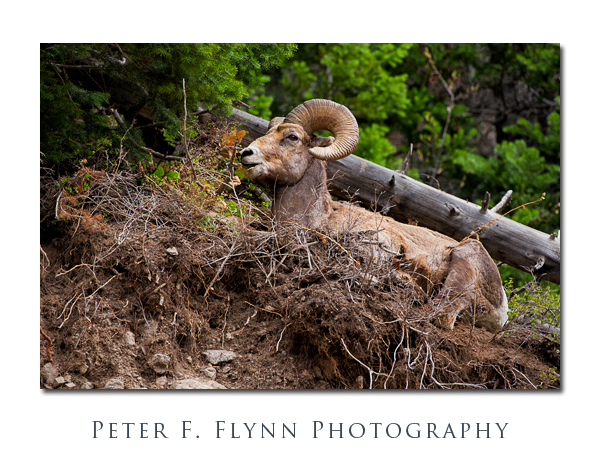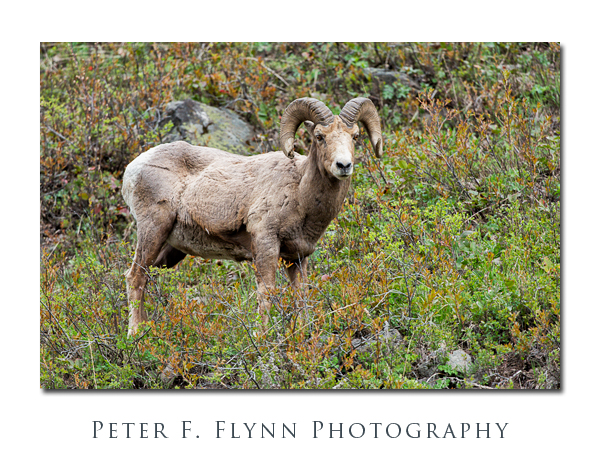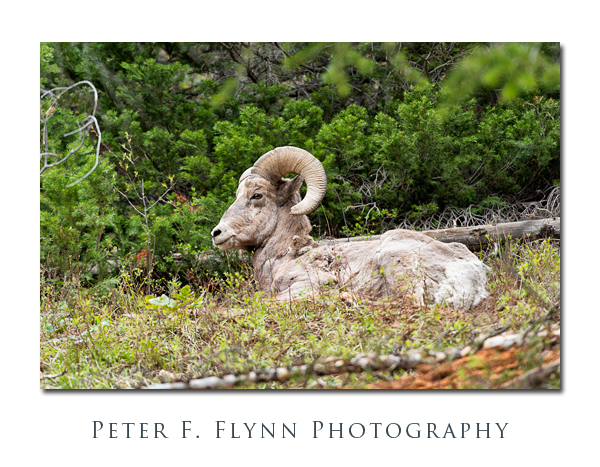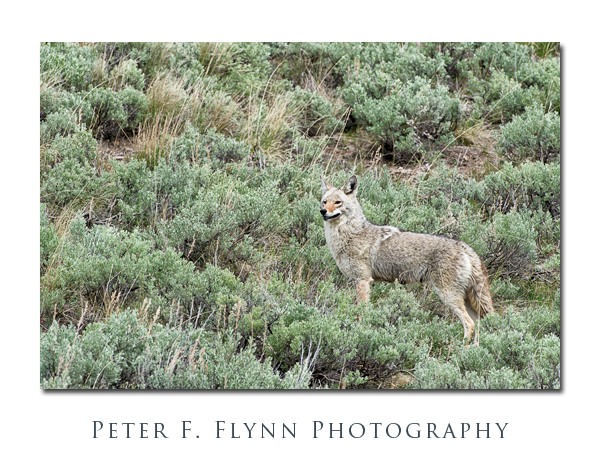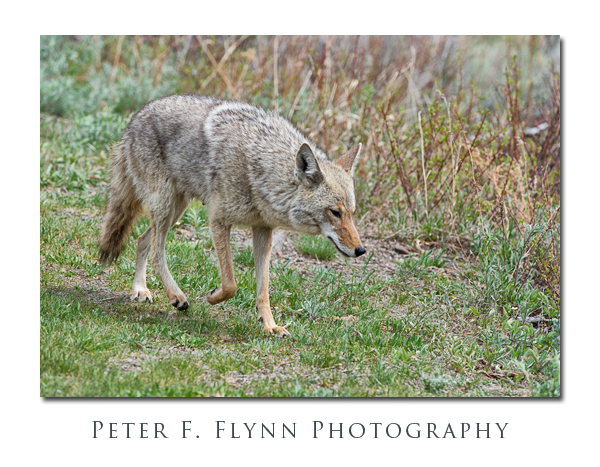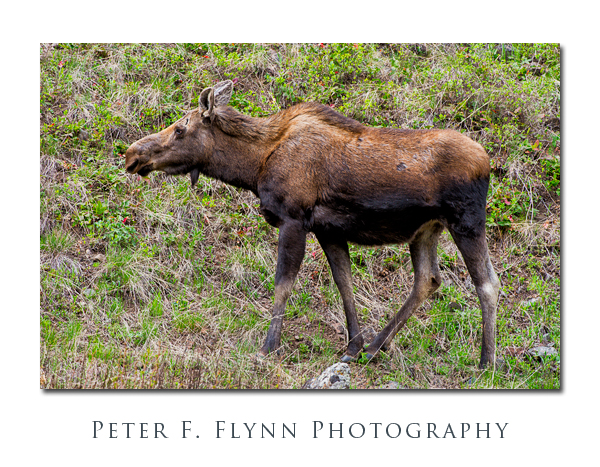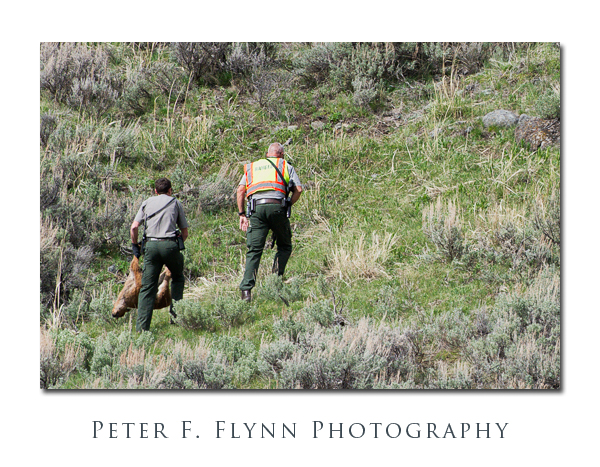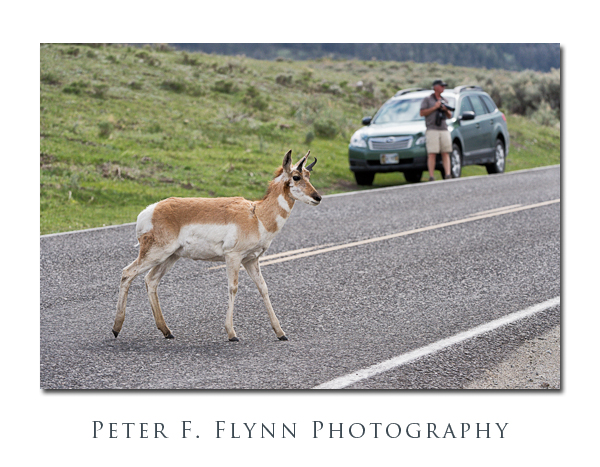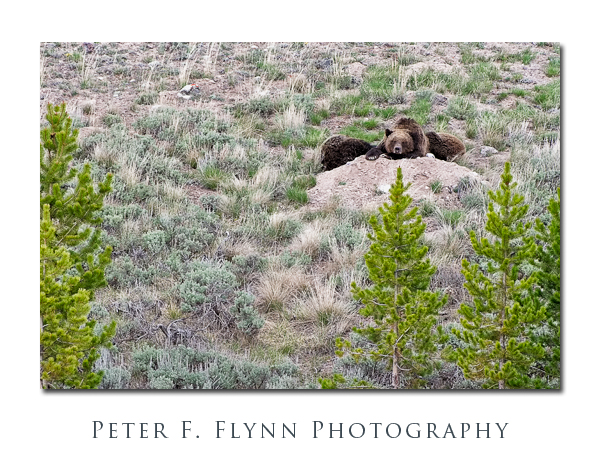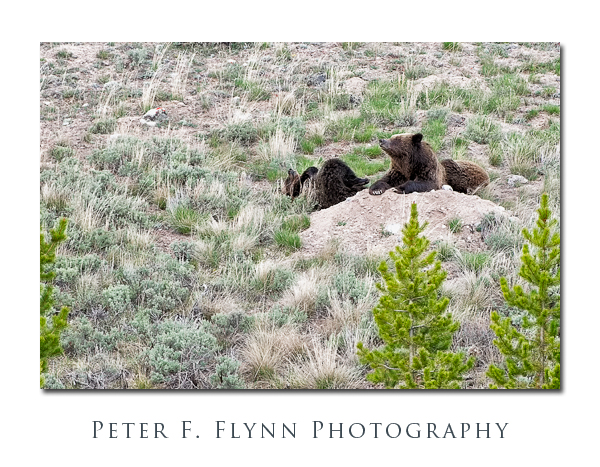The July 12, 2012 announcement of a new Nikon 800mm f/5.6 lens has generated endless chatter amongst both the Nikon-faithful and users of other high-end optical systems. The standard responses naturally include blind praise as well as condemnation in varying degrees of hostility, but I suspect that many users of long Nikon glass may simply have been a bit surprised. How you interpret the announcement of the 800mm f/5.6 will most probably depend on your current gear roster, and there would seem to be three major camps.
One camp, the magnificationistas, will purchase this lens without a second thought – add the 2.0X teleconverter and you get 1600mm in the FX, and 2400mm in the DX – there is no other way to do this. The problem here, and it is a significant one, is that at 1600mm you will be shooting at f/11.o. Whether autofocus will work well will depend on the ambient light obviously, but my guess is that you had better practice your manual focus technique…
A second camp consists of wildlife and sports shooters who want to move up from a shorter lens, say the 400mm f/2.8 or the 500mm f/4.0. For those with the 400mm glass, choosing between the 600mm f/4 and the 800mm f/5.6 may be a tough decision. Let’s say one had the 400mm f/2.8…add the 1.4X tele (lose one f-stop) and you go to 560mm at f/4.0…add the 1.7X tele (lose 1.5 f-stops) and go to 680mm at f/4.8…add the 2.0X tele (lose 2 f-stops) and go to, yep, 800mm at f/5.6. Some might argue that the 400mm f/2.8 and the 800mm f/5.6 are perfect complements, that allow you to go from 400mm to 1600mm with the three standard Nikon teleconverters. Current 400mm shooters stepping up to the 600mm by contrast will see overlap in the lens + teleconverter focal length ranges, however there are other important considerations that make the 600mm vs 800mm choice less than obvious, see paragraph below. Now for those with the 500mm f/4.0, things look similar, but there will obviously be more be significant focal length overlap relative to the 400mm. Starting with the 500mm f/4.0, adding the 1.4X tele takes you to 700mm at f/5.6, adding the 1.7X tele gets you 850mm at f/6.7, and finally the 2.0X tele gets you 1000mm at f/8.0.
Finally, we consider a third camp, consisting of pro-level shooters who already own the 600mm. This is my situation. Yeah, so we have been anticipating a new Nikon 800mm for a couple of years now, and Nikon Rumors predicted this lens announcement a week or so ago (find that article here). I doubted the rumor though, and frankly didn’t initially understand this release, and here’s why… I essentially already have this lens: the 600mm + the 1.4X tele gives me 840mm at f/5.6, and it works very well. An 800mm f/5.6 lens with the 1.4X tele would give 1120mm at f/8.0. Whether the AF will work reliably in low light is uncertain, but doubtful. To get to this focal length with the 600mm f/4.0, I would either go with the 1.7X tele, which would give me 1020mm at f/6.7 (which I use frequently, and the AF is pretty reliable), or go with a 2.0X tele and get 1200mm at f/8.0 (AF is unreliable in low light). This new 800mm lens is most probably going to run between $15K and $20K. Do you see the problem here? Now if this had been an 800mm f/4.0, I might actually be keen, but instead, a pro-level DX body remains at the top of my wishlist, 900mm effective at f/4.0 with the 600mm lens, and it goes up to 1800mm at f/8.0.
I suppose that between the magnificationistas and those looking to move up to longer glass, Nikon can sell a few of these lenses. My guess though, is that this new lens is mostly about competing with Canon and Sigma for bragging rights in the high-visibility sports photography arena.
The official Nikon announcement of the new 800mm f/5.6 is located at the following URL:
http://www.nikon.com/news/2012/0712_nikkor_01.htm
Copyright 2012 Peter F. Flynn. No usage permitted without prior written consent. All rights reserved.
